Home>Articles>17 Cape Cod Houses That Showcase Classic American Style
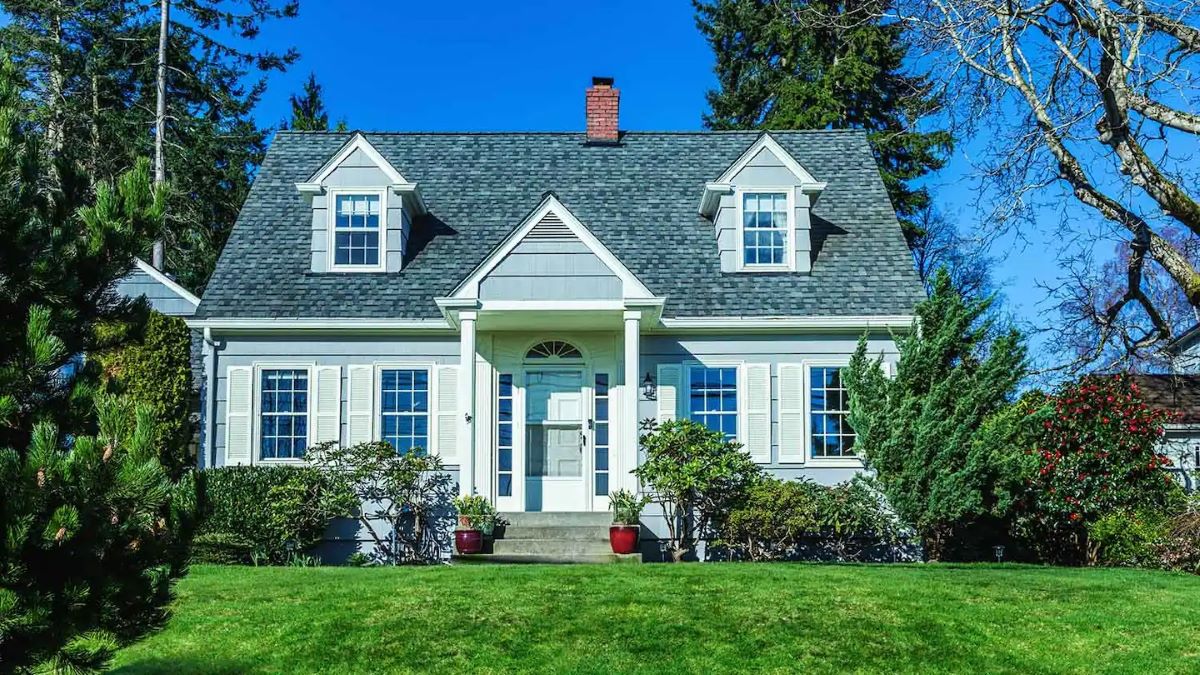

Articles
17 Cape Cod Houses That Showcase Classic American Style
Modified: January 18, 2024
Discover 17 captivating Cape Cod houses that exemplify timeless American style in these articles.
(Many of the links in this article redirect to a specific reviewed product. Your purchase of these products through affiliate links helps to generate commission for Storables.com, at no extra cost. Learn more)
The History of Cape Cod Houses
The Cape Cod house is an iconic symbol of American architecture, with its origins dating back to the early 17th century. It takes its name from Cape Cod, a peninsula located on the eastern coast of Massachusetts. The design of Cape Cod houses was heavily influenced by English and Dutch architectural styles brought by early settlers.
Originally built as simple and practical dwellings for the early colonists, Cape Cod houses were designed to withstand the harsh New England winters. The compact, one-and-a-half-story structure provided efficient use of space and allowed heat to remain concentrated in the living areas.
One of the defining characteristics of Cape Cod houses is their symmetrical box-like shape. The steep roof with side gables, known as a gambrel roof, provided ample space for attic storage. The central chimney served multiple fireplaces throughout the house, providing heating for each room.
In the 18th and 19th centuries, the Cape Cod house design evolved to accommodate expanding families. Larger variations with multiple rooms and dormer windows were added to the original structure, increasing living space and allowing for more natural light.
During the early 20th century, Cape Cod houses gained popularity outside of the New England region. They were widely embraced as an embodiment of classic American style and were reproduced throughout the country. The simplicity and charm of Cape Cod houses made them a popular choice for suburban homes.
In recent years, there has been a renewed interest in Cape Cod house design, with many homeowners appreciating its timeless appeal. Whether preserved in its original form or modernized with contemporary elements, the Cape Cod house continues to be a beloved architectural style that represents the rich history and heritage of America.
Key Takeaways:
- Cape Cod houses, with their timeless charm and adaptability, have captured the hearts of homeowners and architects across America, showcasing the enduring popularity and versatility of this iconic architectural style.
- From the traditional New England form to updated variations in different regions, Cape Cod houses continue to evoke a sense of nostalgia and convey a timeless sense of classic American style, making them beloved symbols of architectural heritage.
Characteristics of Classic American Style
Classic American style is characterized by its timeless elegance, simplicity, and influence from various architectural traditions. The design elements of classic American style can be seen prominently in Cape Cod houses, as they embody the essence of this iconic architectural style.
One of the key characteristics of classic American style is its focus on symmetry. The exterior of a Cape Cod house typically features a centered front door flanked by evenly spaced windows on either side. This symmetrical arrangement creates a balanced and harmonious aesthetic.
Another defining characteristic of classic American style is the use of traditional materials. Cape Cod houses typically feature clapboard or shingle siding, which adds a touch of rustic charm. These materials are not only durable but also complement the natural surroundings, making the house seamlessly blend with its environment.
Classic American style places a strong emphasis on functionality and practicality. This is evident in the layout of Cape Cod houses, which typically have a center hall design. The central hallway provides easy access to all the rooms in the house, ensuring efficient circulation and convenience.
When it comes to interior design, classic American style emphasizes comfort and a relaxed atmosphere. Furniture pieces are often made from solid wood and feature simple yet elegant designs. Neutral color palettes and natural materials such as jute, linen, and leather are commonly used to create a warm and inviting ambiance.
Lighting plays a crucial role in classic American style, as it helps to create a cozy and welcoming atmosphere. Cape Cod houses often feature oversized windows that allow ample natural light to flood the interior. Classic light fixtures such as chandeliers, wall sconces, and table lamps are used to provide both task lighting and decorative accents.
Overall, classic American style is characterized by its understated elegance, timeless appeal, and focus on functionality. Cape Cod houses embody these characteristics, making them a perfect example of the classic American architectural style.
Cape Cod House Design Principles
When it comes to designing a Cape Cod house, there are several key principles that should be considered to create an authentic and visually appealing home. These design principles not only reflect the traditional elements of Cape Cod architecture but also ensure a functional and practical living space.
1. Symmetry: Cape Cod houses are known for their symmetrical design. The front facade should have balanced proportions, with a centered front entrance flanked by evenly spaced windows on either side. This symmetry creates a sense of harmony and aesthetic appeal.
2. Gambrel Roof: The steeply sloping gambrel roof is a distinctive feature of Cape Cod houses. It provides ample space in the attic for storage or additional living areas. The roofline should be symmetrical and in proportion to the overall size of the house.
3. Clapboard or Shingle Siding: Traditional Cape Cod houses commonly feature either clapboard or shingle siding. Clapboard siding consists of long, narrow boards that overlap horizontally, while shingle siding uses wooden shingles. Both options add charm and texture to the exterior and can be painted in muted colors for a classic look.
4. Center Hall Layout: The interior layout of a Cape Cod house often follows a center hall design. This means that a central hallway runs from the front to the back of the house, with rooms on either side. This layout provides an efficient flow and easy access to all rooms.
5. Functional Floor Plan: Cape Cod houses are designed to maximize the use of space while maintaining functionality. The rooms should be proportionate in size and serve a specific purpose. The living areas should be located on the first floor, and bedrooms or additional living spaces can be placed on the second floor.
6. Cozy and Welcoming Interior: The interior of a Cape Cod house should be warm and inviting. This can be achieved by incorporating cozy elements such as a fireplace, comfortable seating, and natural materials like wood and textiles. Neutral color palettes with pops of color through accents or furniture can help create a welcoming atmosphere.
7. Ample Natural Light: Cape Cod houses typically feature large, multi-paned windows that allow plenty of natural light to enter the interior. These windows should be evenly spaced and placed symmetrically to maintain the overall balance of the house. Consider adding window treatments that allow for privacy while still letting in natural light.
By following these design principles, you can create a Cape Cod house that not only captures the essence of this iconic architectural style but also provides a comfortable and functional living space for you and your family.
Exterior Features of Cape Cod Houses
The exterior of a Cape Cod house is characterized by its distinctive features that contribute to its classic and timeless appeal. These features not only enhance the architectural style but also play a role in the overall functionality and aesthetics of the house.
1. Steeply Sloping Roof: One of the most recognizable features of a Cape Cod house is its steeply sloping roof with side gables. This roof design, known as a gambrel roof, provides both visual interest and practicality. The steep slope allows for efficient shedding of snow and rainfall, while the side gables add architectural charm.
2. Centered Front Entrance: The front entrance of a Cape Cod house is typically centered and emphasized as a focal point. It is often adorned with an inviting front porch or stoop, creating a welcoming entryway. Symmetrical windows are positioned on either side of the entrance, adding to the balance and harmony of the design.
3. Clapboard or Shingle Siding: Cape Cod houses traditionally feature either clapboard or shingle siding. Clapboard siding consists of horizontally overlapping long, narrow boards, while shingle siding is made of wooden shingles. Both options can be painted in a variety of colors or left in their natural state, adding texture and character to the facade.
4. Multi-Paned Windows: Windows in a Cape Cod house are typically multi-paned and evenly spaced. The window style can vary, but double-hung or casement windows are commonly used. These windows allow for ample natural light to fill the interior and add a charming aesthetic to the facade.
5. Dormer Windows: Dormer windows are often incorporated into the design of Cape Cod houses, especially in larger variations. These windows protrude from the sloping roof and provide additional light and ventilation to the upper floors. Dormer windows can be either gabled or shed-style, depending on the desired architectural effect.
6. Chimney: A prominent chimney is another characteristic feature of Cape Cod houses. The central chimney serves multiple fireplaces throughout the house, providing heating and adding a sense of coziness. The chimney can be made of brick, stone, or a combination of materials, depending on the desired aesthetic.
7. Landscape and Curb Appeal: To enhance the exterior of a Cape Cod house, attention should also be paid to the landscaping and curb appeal. Consider adding well-manicured lawns, traditional gardens, and classic elements like picket fences or stone pathways. These details contribute to the overall charm and character of the house.
By incorporating these exterior features, you can create a Cape Cod house that captures the essence of classic American style and leaves a lasting impression.
Siding Options for Cape Cod Houses
The siding of a Cape Cod house plays a crucial role in defining its aesthetics and protecting it from the elements. There are several popular siding options that can be used to enhance the exterior appeal of a Cape Cod house while complementing its classic American style.
1. Clapboard Siding: Clapboard siding is a traditional and widely used option for Cape Cod houses. It consists of long, narrow boards that overlap horizontally to create a textured and rustic look. Clapboard siding can be made from various materials, including wood, vinyl, or fiber cement. Wood clapboard provides an authentic and natural charm, while vinyl and fiber cement options offer durability and low maintenance.
2. Shingle Siding: Shingle siding is another classic choice for Cape Cod houses. It involves using wooden shingles that are typically laid in a staggered pattern, creating a unique and timeless appearance. Cedar shingles are a popular choice due to their natural resistance to rot and insects. Shingle siding adds texture and character to the exterior, giving a Cape Cod house a distinct and charming look.
3. Board and Batten Siding: Board and batten siding is a vertical siding option that can bring a different visual appeal to Cape Cod houses. It consists of wide boards with narrower battens placed over the seams. This style can create a more rustic and farmhouse-like aesthetic. Board and batten siding can be made from wood, vinyl, or fiber cement, offering various options in terms of durability and maintenance.
4. Stucco or Stone Veneer: While less common for Cape Cod houses, stucco or stone veneer can be used to create a unique and upscale exterior. Stucco provides a smooth and sleek finish, while stone veneer offers a rich and textured appearance. Both options can provide a more contemporary twist to the traditional Cape Cod house style.
5. Combination of Siding Materials: It’s also common to use a combination of siding materials to add visual interest and create a customized look. For example, using clapboard or shingle siding on most of the house and incorporating stone veneer around the foundation or porch area can add depth and bring attention to specific architectural features.
Consider the climate, maintenance requirements, and desired aesthetic when selecting the siding for a Cape Cod house. It’s important to choose a durable and weather-resistant material that will withstand the elements while maintaining the classic charm that is characteristic of Cape Cod architecture. By selecting the right siding option, you can enhance the overall beauty and authenticity of your Cape Cod house.
Roofing Materials for Cape Cod Houses
The choice of roofing materials is an important consideration when designing or renovating a Cape Cod house. The roof not only protects the structure but also contributes to the overall aesthetic appeal and charm of the house. There are several roofing materials that are well-suited for Cape Cod houses, each with its own benefits and considerations.
1. Asphalt Shingles: Asphalt shingles are a popular and cost-effective choice for Cape Cod houses. They are available in a wide range of colors and styles, allowing for versatility in achieving the desired look. Asphalt shingles are durable, low maintenance, and provide good protection against the elements. They can mimic the appearance of more expensive materials such as wood or slate, making them a practical and budget-friendly option.
2. Wood Shingles or Shakes: Wood shingles or shakes can add a touch of classic charm to a Cape Cod house. Cedar or redwood shingles are commonly used due to their natural resistance to decay and insects. Wood shingles age beautifully over time, developing a weathered and rustic look. However, regular maintenance, such as sealing and periodic cleaning, is necessary to prolong their lifespan and preserve their appearance.
3. Slate: Slate roofing provides an elegant and timeless look to Cape Cod houses. It is a durable and long-lasting material that can withstand harsh weather conditions. Slate is available in different colors and textures, allowing for customization to suit the style of the house. However, slate can be quite heavy and requires professional installation. It is also a more expensive option compared to other roofing materials.
4. Metal Roofing: Metal roofing has gained popularity in recent years due to its durability and energy-efficient properties. It is lightweight, fire-resistant, and available in a variety of colors. Metal roofs can mimic the appearance of other materials, such as shingles or shakes, while providing added durability. They are low maintenance and can last for several decades. However, metal roofs can be more expensive upfront, and the noise factor during rainfall may need to be considered.
5. Synthetic Roofing Materials: There are synthetic materials available that mimic the look of traditional roofing materials, such as slate or wood, while offering lower maintenance and cost. These materials, such as synthetic slate or composite shingles, provide similar visual appeal but with added benefits such as increased durability and lighter weight.
When selecting roofing materials for a Cape Cod house, it’s important to consider factors such as the architectural style, budget, durability, maintenance requirements, and the desired aesthetic. Consulting with a roofing professional can provide valuable insights and help make an informed decision. By choosing the right roofing material, you can ensure that your Cape Cod house remains stylish, protected, and in line with its traditional charm.
Windows and Doors in Cape Cod House Design
Windows and doors are important architectural elements in Cape Cod house design, as they not only provide functionality but also contribute to the overall aesthetic appeal of the house. When selecting windows and doors for a Cape Cod house, it’s essential to consider the traditional design principles while incorporating modern features to suit your needs.
Windows:
Cape Cod houses typically feature multi-paned windows that add character and charm to the exterior. The most common window styles found in Cape Cod houses include double-hung windows and casement windows.
Double-hung windows are vertically divided into two sashes, allowing for both the top and bottom portions to open and provide ventilation. They are easy to operate and complement the classic style of a Cape Cod house. Adding window grids or decorative muntins can further enhance the traditional look.
Casement windows are hinged at the side and open outward, allowing for maximum airflow. They provide unobstructed views and can be a great choice for areas where ventilation is a priority. While not as traditional as double-hung windows, casement windows can add a touch of modern functionality to a Cape Cod house design.
Doors:
The front door of a Cape Cod house is typically the focal point of the facade and should reflect the classic American style. Traditional door designs for Cape Cod houses include paneled doors and Dutch doors.
Paneled doors feature multiple horizontal or vertical panels and can be made from various materials such as wood or fiberglass. They add depth and dimension to the entryway and are available in a range of styles to complement the architectural style of the house.
Dutch doors consist of two horizontally divided panels that can be operated independently. They are a charming and functional option, allowing for flexibility in bringing in fresh air and maintaining security. Dutch doors are commonly found in Cape Cod houses and add a touch of authenticity to the design.
In addition to the front door, it’s important to consider the style and material of interior doors. Cape Cod houses often feature solid wood doors with paneling, showcasing the craftsmanship and classic elegance.
When choosing windows and doors for a Cape Cod house, it’s important to strike a balance between maintaining the traditional elements and incorporating modern features. Consider the functionality, energy efficiency, and materials that align with the overall aesthetics and design goals. Working with a professional or an architectural designer can provide valuable guidance in selecting the right windows and doors for your Cape Cod house.
Color Palette for Cape Cod Houses
The color palette plays a significant role in defining the overall look and feel of a Cape Cod house. Choosing the right colors can enhance the architectural elements, highlight the charming features, and create a cohesive and visually appealing exterior. When selecting a color scheme for your Cape Cod house, consider the following options:
1. Classic White: Crisp white is a timeless and traditional choice for Cape Cod houses. It highlights the clean lines and symmetry of the architecture, giving a fresh and elegant look. White also reflects sunlight, making the house appear brighter. Pairing white with black or dark gray accents, such as shutters or trim, can add depth and contrast.
2. Soft Pastels: Soft pastel colors evoke a sense of calmness and serenity, making them popular choices for Cape Cod houses. Light blues, pale yellows, soft greens, and muted pinks are often used to create a soothing and coastal-inspired ambiance. These colors complement the surrounding landscape and contribute to the overall charm of the house.
3. Earthy Neutrals: Neutrals are versatile and timeless, making them a safe choice for Cape Cod houses. Shades of beige, taupe, gray, and brown provide a warm and understated look. These earthy tones blend well with the natural surroundings and can be complemented with darker or contrasting accents for added visual interest.
4. Nautical Blues: Blue hues are a popular choice for Cape Cod houses, as they reflect the coastal theme and evoke a sense of tranquility. Opt for shades of navy, royal blue, or sky blue to create a nautical-inspired look. Pair these blues with crisp white trim and accents for a classic and inviting appearance.
5. Contrasting Colors: For a bold and eye-catching look, consider using contrasting colors on your Cape Cod house. This can be achieved by combining light-colored siding with dark-colored shutters or trim. Black, dark green, or deep reds can create a striking and dramatic effect against a lighter backdrop, adding character and visual interest to the exterior.
When selecting a color palette for your Cape Cod house, consider the surrounding landscape, architectural features of the house, and personal preferences. It’s also important to comply with any neighborhood or historical preservation guidelines that may influence your color choices. Test samples of the colors on your house to see how they appear in different lighting conditions before making a final decision. By choosing the right color palette, you can enhance the curb appeal and showcase the timeless beauty of your Cape Cod house.
Interior Elements of Cape Cod Style
The interior of a Cape Cod-style house is characterized by its cozy and inviting atmosphere, reflecting the charm and simplicity of traditional New England living. To achieve the authentic Cape Cod style in your home, consider incorporating the following interior elements:
1. Exposed Wood Beams: Exposed wood beams are a prominent feature in Cape Cod houses. They add warmth and character to the interior while showcasing the craftsmanship of the construction. If your home doesn’t have original wood beams, you can consider adding faux beams to create the same effect.
2. Wainscoting and Trim: Wainscoting and trim work can be used to add a touch of elegance and sophistication to the interior of a Cape Cod house. Installing wainscoting panels on the lower half of the walls and combining them with crown molding and baseboards can create a classic and refined look.
3. Cozy Fireplaces: A Cape Cod house is often associated with cozy fireplaces, which provide warmth and serve as a focal point in the living room or family area. Whether it’s a traditional wood-burning fireplace or a gas fireplace with a mantel, having a fireplace brings comfort and a sense of tradition to the space.
4. Natural Materials: Incorporating natural materials such as wood, stone, and natural fibers is crucial in capturing the Cape Cod style. Hardwood flooring, exposed brick or stone walls, and sisal or jute rugs add texture and authenticity to the interior. Avoid overly glossy finishes and opt for a more rustic and natural look.
5. Light and Airy Colors: Cape Cod-style interiors often feature light and airy color schemes. Whites, pastels, and soft neutrals create a calming and bright environment. These colors help to enhance the natural light that is synonymous with Cape Cod houses, giving the interior an open and spacious feel.
6. Built-in Cabinetry: Incorporating built-in cabinetry and shelving units is an excellent way to maximize space and provide storage in a Cape Cod house. Custom built-ins can be designed to accommodate books, decorative objects, and everyday essentials. They can also serve as a display area for cherished items, adding a personal touch to the interior.
7. Nautical and Coastal Accents: Adding nautical and coastal accents can further enhance the Cape Cod style. Incorporate elements such as striped fabrics, seashells, anchors, and artwork depicting coastal scenes. These subtle touches evoke a sense of being by the seaside and reinforce the timeless coastal charm of the Cape Cod style.
Remember that the essence of Cape Cod style is about creating a comfortable and welcoming space that reflects the coastal and New England heritage. Incorporating these interior elements will help you achieve an authentic Cape Cod look in your home.
When designing a Cape Cod house, consider using a neutral color palette, adding dormer windows for extra light, and incorporating traditional elements like shingle siding and a symmetrical facade for a classic American look.
Flooring Choices for Cape Cod Houses
The flooring in a Cape Cod house should reflect the classic and time-honored style while providing durability and functionality. The right flooring choice can enhance the overall aesthetic and create a warm and inviting atmosphere. Here are some flooring options that are well-suited for Cape Cod houses:
1. Hardwood: Hardwood flooring is a popular choice for Cape Cod houses, as it adds a touch of elegance and timelessness to the interior. Oak, maple, and pine are common wood species used in Cape Cod-style homes. The warm tones and natural grain patterns of hardwood flooring create a cozy and inviting ambiance. Consider wide plank or distressed finishes for a more rustic and authentic look.
2. Wide Plank Pine: Wide plank pine flooring has long been associated with Cape Cod houses. Pine has a distinctive and charming character, with knots and imperfections that add to its appeal. It brings a sense of warmth and heritage to the interior, reminiscent of the traditional New England style. Wide plank pine flooring pairs well with both traditional and modern furnishings.
3. Engineered Wood: Engineered wood flooring offers the look of hardwood but with added stability and resistance to moisture. It is composed of a thin hardwood veneer layer on top of multiple layers of plywood or fiberboard. Engineered wood flooring withstands temperature changes and humidity well, making it a suitable choice for Cape Cod houses located in coastal or humid areas.
4. Natural Stone: Natural stone flooring, such as marble, granite, or slate, can add a touch of elegance and sophistication to a Cape Cod house. Stone flooring is durable and low maintenance, and it complements the coastal and nature-inspired design. Consider using stone tiles in entryways, bathrooms, or as accents in the kitchen or fireplace hearth to add texture and visual interest.
5. Ceramic or Porcelain Tile: Ceramic or porcelain tile flooring offers a wide range of styles, colors, and patterns to choose from. They are durable, easy to clean, and suitable for high-traffic areas. With advancements in printing technology, porcelain tiles can mimic the appearance of natural stone or hardwood, making them a versatile option for achieving the desired aesthetic in a Cape Cod house.
6. Carpet: Carpet flooring can add comfort and warmth to bedrooms and living areas. Choose plush carpets with neutral colors or subtle patterns to create a cozy and inviting atmosphere. Consider using area rugs in common areas to add a touch of texture and color while preserving the beauty of the hardwood or tile flooring in the rest of the house.
When selecting flooring for your Cape Cod house, consider the overall style, functionality, and maintenance requirements. Stick to classic and traditional materials that contribute to the timeless charm of the Cape Cod style while reflecting your personal taste and lifestyle.
Furniture and Decor in Cape Cod Homes
Furniture and decor play a crucial role in capturing the timeless charm and cozy ambiance of Cape Cod homes. When selecting furniture and decor elements for your Cape Cod interior, consider the following tips:
1. Classic and Timeless Pieces: Stick to furniture with classic lines and timeless designs. Opt for pieces made of natural materials like wood or wicker, which reflect the coastal and rustic charm of Cape Cod homes. Choose furniture that is comfortable and inviting, with upholstered pieces in neutral colors or subtle patterns.
2. Coastal and Nautical Accents: Incorporate coastal and nautical accents in your decor to impart a sense of seaside living. Look for decorative elements like seashells, driftwood, anchors, or artwork depicting coastal scenes. Incorporate striped patterns in pillows, throws, or upholstery to create a nautical-inspired look.
3. Light and Airy Colors: Choose a color palette that reflects the light and airy feel of a Cape Cod home. Stick to soft neutrals, pastels, and shades of blue, which enhance the natural light and create a serene ambiance. Layer different hues of the same color to add depth and interest to the space.
4. Natural Fibers: Incorporate natural fiber elements in your decor for a touch of texture and authenticity. Use sisal or jute rugs to add warmth and anchor the furniture arrangements. Consider incorporating woven baskets, bamboo blinds, or curtains made of light linen or cotton fabric to enhance the coastal theme.
5. Cozy and Warm Fabrics: Cape Cod homes are all about creating a cozy and warm atmosphere. Use soft and comfortable fabrics like linen, wool, or cotton for upholstery, curtains, and throw blankets. Layer different textures to add depth and visual interest to the space.
6. Vintage and Antiques: Adding vintage or antique pieces to your Cape Cod home can bring a sense of history and character. Explore flea markets, antique stores, or online platforms to find unique pieces that can be integrated into your decor. Look for items like weathered trunks, vintage light fixtures, or aged wood furniture.
7. Nature-Inspired Elements: Incorporate natural elements like potted plants, fresh flowers, or botanical artwork to connect your Cape Cod home to its surroundings. These elements add a touch of freshness and beauty and create a seamless transition between indoor and outdoor spaces.
Remember that the furniture and decor in a Cape Cod home should reflect a sense of simplicity, comfort, and coastal charm. The key is to create a space that is inviting, relaxed, and timeless. By incorporating these elements, you can achieve a harmonious and beautifully designed Cape Cod interior.
Lighting Design in Cape Cod Houses
Lighting design in Cape Cod houses is crucial for creating a warm and inviting atmosphere while highlighting the architectural features and overall charm of the space. When designing the lighting for your Cape Cod home, consider the following factors:
1. Natural Light: Cape Cod houses are known for their abundant natural light. Maximize the use of natural light by keeping windows clear of obstructions, using sheer or light-colored curtains, and employing reflective surfaces to bounce light around the room. Consider the placement and size of windows to optimize sunlight throughout the day.
2. Layered Lighting: Incorporate layered lighting to create depth and functionality. Use a combination of ambient, task, and accent lighting to suit different needs and enhance the ambiance. Ambient lighting can be achieved through overhead fixtures, such as chandeliers or flush-mounts. Task lighting, such as table lamps or under-cabinet lights, provides focused illumination for specific activities. Accent lighting, such as wall sconces or picture lights, highlights artwork, architectural details, or focal points.
3. Pendant Lights: Pendant lights are a popular choice for Cape Cod houses, as they add character and focal points to the space. Hang pendant lights over kitchen islands, dining tables, or in entryways to create an inviting and elegant atmosphere. Consider using fixtures made from natural materials like glass, metal, or rattan for an authentic Cape Cod look.
4. Clerestory Windows: Clerestory windows are small, high windows that allow light to enter the room and provide a sense of openness and airiness. These windows can be placed above eye level to maximize privacy while still allowing additional natural light to filter into the space. Consider using frosted or textured glass to diffuse the light and add an element of visual interest.
5. Wall Sconces: Wall sconces are a classic choice for Cape Cod houses, as they provide both functionality and decorative appeal. Install wall sconces in hallways, staircases, or along living room walls to create a warm and inviting ambiance. Choose fixtures with detailed accents or shades in materials like metal or fabric to enhance the traditional Cape Cod style.
6. Candlelight: Emphasize the cozy and intimate atmosphere of a Cape Cod house by incorporating candlelight. Use candlesticks or lanterns to create soft and warm lighting in dining areas, living rooms, or outdoor spaces. Scented candles can add a pleasant aroma and enhance the overall sensory experience.
7. Dimmer Switches: Install dimmer switches to control the intensity of the lighting in different areas of your Cape Cod home. This allows you to adjust the lighting to suit different occasions, moods, or time of day. Dimming the lights also saves energy and extends the lifespan of bulbs.
When designing the lighting for your Cape Cod home, strive for a balance between functionality and ambiance. Incorporate natural light, layer different types of lighting, and incorporate fixtures that reflect the charm and elegance of the Cape Cod style. By carefully considering the lighting design, you can create a warm and inviting atmosphere that complements the timeless beauty of your Cape Cod house.
Cape Cod House Landscaping Ideas
Landscaping plays a crucial role in enhancing the curb appeal and overall charm of a Cape Cod house. The right landscaping ideas can complement the architecture and create a harmonious connection between the house and its surroundings. Consider the following landscaping ideas for your Cape Cod home:
1. Coastal-Inspired Plants: Embrace the coastal theme by incorporating plants that thrive in the coastal environment. Opt for native grasses like beach grass, ornamental grasses, or lavender. These plants not only add texture and interest to the landscape but also require less water and maintenance.
2. Traditional New England Gardens: Create a traditional New England garden to complement the Cape Cod style. Use perennials like hydrangeas, roses, daisies, and peonies, which are classic choices for Cape Cod houses. Add accents of color with annuals like impatiens, petunias, or marigolds.
3. Picket Fences: Picket fences are a quintessential feature of Cape Cod houses. Use white or natural wood picket fences to define the property line and add charm to the landscape. Consider planting climbing roses, clematis, or Virginia creeper to soften the fence and add a touch of romance.
4. Stone Pathways: Create visual interest and a welcoming entrance with stone pathways. Use natural stone, such as flagstone or bluestone, to create a path from the driveway to the front door or to connect different areas of the garden. Surround the pathway with low-growing plants or ground covers like creeping thyme or moss.
5. Coastal Perimeter Plantings: If you have a coastal view or a property near the water, consider using native plants and grasses to create a natural barrier. Incorporate dune grasses, beach plum, or bayberry to mimic the coastal landscape and add privacy.
6. Incorporate Water Features: Add a soothing and relaxing element to your landscape by incorporating a water feature. Consider installing a small pond, fountain, or birdbath to attract wildlife and add a sense of tranquility. Choose a location that allows the water feature to be a focal point or a soothing backdrop for your outdoor space.
7. Outdoor Living Spaces: To fully enjoy the beauty of your Cape Cod landscape, create outdoor living spaces. Install a deck, patio, or pergola as an extension of your indoor living area. Furnish the space with comfortable seating, dining furniture, and outdoor lighting to create a cozy and inviting area for relaxation and entertainment.
8. Native Trees: Incorporate native trees into your landscaping to provide shade, privacy, and seasonal interest. Consider planting white oaks, red maples, or eastern red cedars. These trees are well-suited to Cape Cod’s climate and add beauty and structure to the landscape.
Remember to consider the local climate, soil conditions, and maintenance requirements when selecting plants and designing your Cape Cod landscape. Consulting with a landscape architect or a local nursery can provide valuable insights and guidance specific to your region. By incorporating these landscaping ideas, you can create a beautiful and inviting outdoor space that complements the timeless charm of your Cape Cod home.
Read more: How To Insulate A Cape Cod Attic
Maintaining and Updating Cape Cod Houses
Maintaining and updating a Cape Cod house is essential for preserving its timeless charm and ensuring its longevity. Here are some tips for maintaining and updating your Cape Cod home:
1. Regular Exterior Maintenance: Regularly inspect the exterior of your Cape Cod house for any signs of damage, such as peeling paint, rotting wood, or loose shingles. Repair or replace damaged siding, trim, or roofing promptly to prevent further issues. Also, clean gutters and downspouts regularly to ensure proper drainage and prevent water damage.
2. Repainting: Over time, the exterior of your Cape Cod house may require repainting. Choose colors that are traditional and complement the architectural style. High-quality paint should be used to protect the surface from the elements. Repainting provides an opportunity to refresh the look and enhance the curb appeal of your Cape Cod home.
3. Updating Windows and Doors: Windows and doors are not only important design elements but also impact energy efficiency and security. Consider updating or replacing old windows and doors with more energy-efficient options. Choose styles that maintain the traditional aesthetics while incorporating modern features like improved insulation and weatherstripping.
4. Exterior Lighting: Enhance the beauty and safety of your Cape Cod house by updating the exterior lighting. Consider installing energy-efficient LED fixtures to illuminate pathways, entryways, and outdoor living spaces. Properly placed and well-designed lighting can highlight architectural features and create a welcoming ambiance.
5. Interior Upgrades: Keep the interior of your Cape Cod home fresh and updated by making strategic upgrades. Focus on areas that have a significant impact, such as the kitchen and bathrooms. Consider modernizing appliances, countertops, and fixtures while retaining the charm and character of the house.
6. Flooring Refinishing: Hardwood flooring is a hallmark of Cape Cod houses. Keep the floors in good condition by refinishing them when needed. Sanding and refinishing the wood can revive its natural beauty and protect it from wear and tear. Additionally, consider replacing carpets or updating other flooring options as necessary.
7. Landscape Maintenance: Regularly maintain your landscape to ensure that it complements the overall charm of your Cape Cod house. Trim shrubs, prune trees, mulch flower beds, and remove weeds regularly to keep the exterior looking tidy and well-kept. Consider seasonal plantings and incorporate new elements to enhance the curb appeal.
8. Energy Efficiency upgrades: Upgrading the insulation, HVAC system, and appliances can improve energy efficiency and reduce utility costs. Consider adding insulation to the attic, sealing drafts around windows and doors, and installing an energy-efficient heating and cooling system. Energy-efficient appliances and LED lighting can also contribute to a more sustainable and cost-effective home.
Regular maintenance and strategic updates will help preserve and enhance the value and appeal of your Cape Cod home. Consulting with professionals such as contractors, designers, or landscapers can provide expert advice and ensure that the updates are in line with the character and aesthetics of the house. By maintaining and updating your Cape Cod house, you can enjoy its timeless charm for years to come.
Popular Cape Cod House Variations
Cape Cod houses have evolved over the years, leading to various popular variations inspired by the classic style. While the core design principles remain the same, these variations offer unique twists and adaptations to suit different architectural preferences and lifestyles. Here are some of the popular Cape Cod house variations:
1. Expanded Cape Cod: The expanded Cape Cod, also known as the expanded Cape, features additional living space without altering the traditional silhouette. This variation typically includes a larger footprint with expanded rooms or additional wings, providing more square footage while maintaining the classic charm of a Cape Cod house.
2. Cape Cod Colonial: The Cape Cod Colonial combines the Cape Cod architectural style with elements of a classic colonial design. This variation often features a center hall layout with a formal entryway, formal living and dining rooms, and a symmetrical facade with more intricate detailing. The Cape Cod Colonial offers a blend of elegance and traditional Cape Cod charm.
3. Cape Cod Cottage: The Cape Cod cottage variation emphasizes a cozy and charming aesthetic. It typically has a smaller footprint with a single-story design or a compact two-story layout. Cape Cod cottages often feature quaint dormer windows, a porch or stoop, and a simpler interior layout. This variation is ideal for those seeking a smaller, more intimate Cape Cod-style home.
4. Cape Cod Contemporary: The Cape Cod contemporary is a modern interpretation of the traditional Cape Cod style. This variation embraces clean lines, open floor plans, and incorporates contemporary materials and finishes. Large windows and minimalist design elements allow for ample natural light and a more airy, spacious feel. The Cape Cod contemporary offers a fresh and updated take on the classic style.
5. Cape Cod Ranch: The Cape Cod ranch variation combines the timeless Cape Cod design with the convenience of a single-story layout. This variation features a sprawling floor plan that expands horizontally rather than vertically, offering easy accessibility and open living spaces. It retains the characteristic symmetrical facade, with the roofline and exterior details reflecting the traditional Cape Cod style.
6. Cape Cod Shingle Style: The Cape Cod shingle style variation incorporates the classic Cape Cod design with the architectural elements of the shingle style. This variation often showcases a mix of materials, including cedar shingles, stone accents, and gambrel roofs. The Cape Cod shingle style offers a more intricate and luxurious interpretation of the Cape Cod aesthetic.
Each of these popular variations puts a unique spin on the timeless charm of the Cape Cod house. Whether you prefer a larger and more expansive layout or a smaller and cozier design, there is a Cape Cod variation to suit every taste and lifestyle. These variations showcase the versatility and enduring popularity of the Cape Cod architectural style.
Cape Cod Houses in Different Regions of America
While Cape Cod houses have their origins in the New England region of the United States, they have made their mark in various other regions across the country. These adaptations showcase the versatility and enduring appeal of the Cape Cod architectural style in different geographic and cultural contexts. Here are some examples of Cape Cod houses in different regions of America:
1. Mid-Atlantic Region: In the Mid-Atlantic region, such as New York and New Jersey, you’ll find Cape Cod houses that maintain the classic elements of the style while incorporating regional influences. These variations often feature brick or stone exteriors, larger front entrances, and more formal interior layouts. The traditional Cape Cod charm is blended with elegant elements that reflect the architectural styles of the area.
2. Southern Region: Cape Cod houses in the Southern region, such as Virginia and South Carolina, often incorporate elements of Southern architecture and charm. These variations may feature wrap-around porches, columns, shutters, and more ornate detailing. The Cape Cod style is adapted to suit the warm climate and cultural aesthetics of the South, creating a unique blend of classic New England style and Southern charm.
3. Midwest Region: In the Midwest region, such as Illinois and Michigan, Cape Cod houses often feature larger footprints and expanded floor plans compared to their New England counterparts. These variations may incorporate influences from other architectural styles, such as craftsman or ranch elements. The Midwest adaptations of Cape Cod houses often focus on functionality and practicality while maintaining the timeless charm of the original style.
4. West Coast Region: On the West Coast, particularly in areas like California and Oregon, Cape Cod houses take on a more contemporary and modern aesthetic. The traditional elements of the style are combined with modern design elements and materials, such as large windows, clean lines, and open floor plans. These variations of Cape Cod houses embrace the indoor-outdoor living common in West Coast architecture.
5. Mountain Region: In the mountainous regions of the United States, like Colorado and Montana, Cape Cod houses may incorporate rustic elements inspired by mountain lodge or cabin designs. These variations often feature exposed beams, stone facades, and larger windows to maximize views of the surrounding natural landscapes. The charm of the Cape Cod style adapts seamlessly to the rugged beauty of the mountains.
Each region adds its own unique touch to the Cape Cod style, allowing it to blend seamlessly with the local architectural traditions and cultural influences. Whether it’s adapting to a warm Southern climate, embracing the modernism of the West Coast, or incorporating rustic mountain elements, Cape Cod houses have proven to be versatile and enduring across different regions of America.
Conclusion
Cape Cod houses have captured the hearts and imaginations of homeowners and architects alike for centuries. Their timeless charm, classic design principles, and adaptability have made them a beloved architectural style across America. Whether found in their traditional New England form or updated variations in different regions, Cape Cod houses continue to evoke a sense of nostalgia and convey a sense of classic American style.
The history of Cape Cod houses dates back to the early colonial era, with their design influenced by English and Dutch architectural traditions. These houses were built to withstand the harsh New England winters, with their compact shape and steep rooflines ensuring efficient use of space and heat retention. Over the years, the design of Cape Cod houses evolved to accommodate growing families while maintaining the integrity of the style’s core elements.
Today, Cape Cod houses can be found in different regions of America, each with its own interpretation and adaptation of the style. From the Mid-Atlantic to the Southern states, the Midwest to the West Coast, and even the mountainous regions, Cape Cod houses have been embraced and adapted to suit local climates, cultural influences, and regional aesthetics.
The key characteristics of Cape Cod houses, such as symmetrical facades, gambrel roofs, multi-paned windows, and traditional materials like clapboard or shingle siding, have stood the test of time. They continue to be a source of inspiration for homeowners and architects seeking a classic and timeless architectural style.
Maintaining and updating Cape Cod houses is crucial for preserving their charm and ensuring their longevity. Regular maintenance, thoughtful upgrades, and attention to detail can help homeowners enhance the curb appeal, energy efficiency, and functionality of their Cape Cod homes while staying true to the core design principles.
Whether you reside in a traditional Cape Cod heartland or have adapted the style to your unique region, the appeal of Cape Cod houses lies in their ability to create a sense of comfort, warmth, and timeless beauty. Their enduring popularity showcases the architectural versatility and adaptability of this iconic American style.
Embracing the charm of Cape Cod houses is about connecting with our architectural heritage, preserving traditions, and creating inviting homes that reflect our personal style. With their classic elegance, Cape Cod houses continue to be cherished symbols of American architecture and an enduring source of inspiration for homeowners seeking a timeless and inviting home.
Frequently Asked Questions about 17 Cape Cod Houses That Showcase Classic American Style
Was this page helpful?
At Storables.com, we guarantee accurate and reliable information. Our content, validated by Expert Board Contributors, is crafted following stringent Editorial Policies. We're committed to providing you with well-researched, expert-backed insights for all your informational needs.
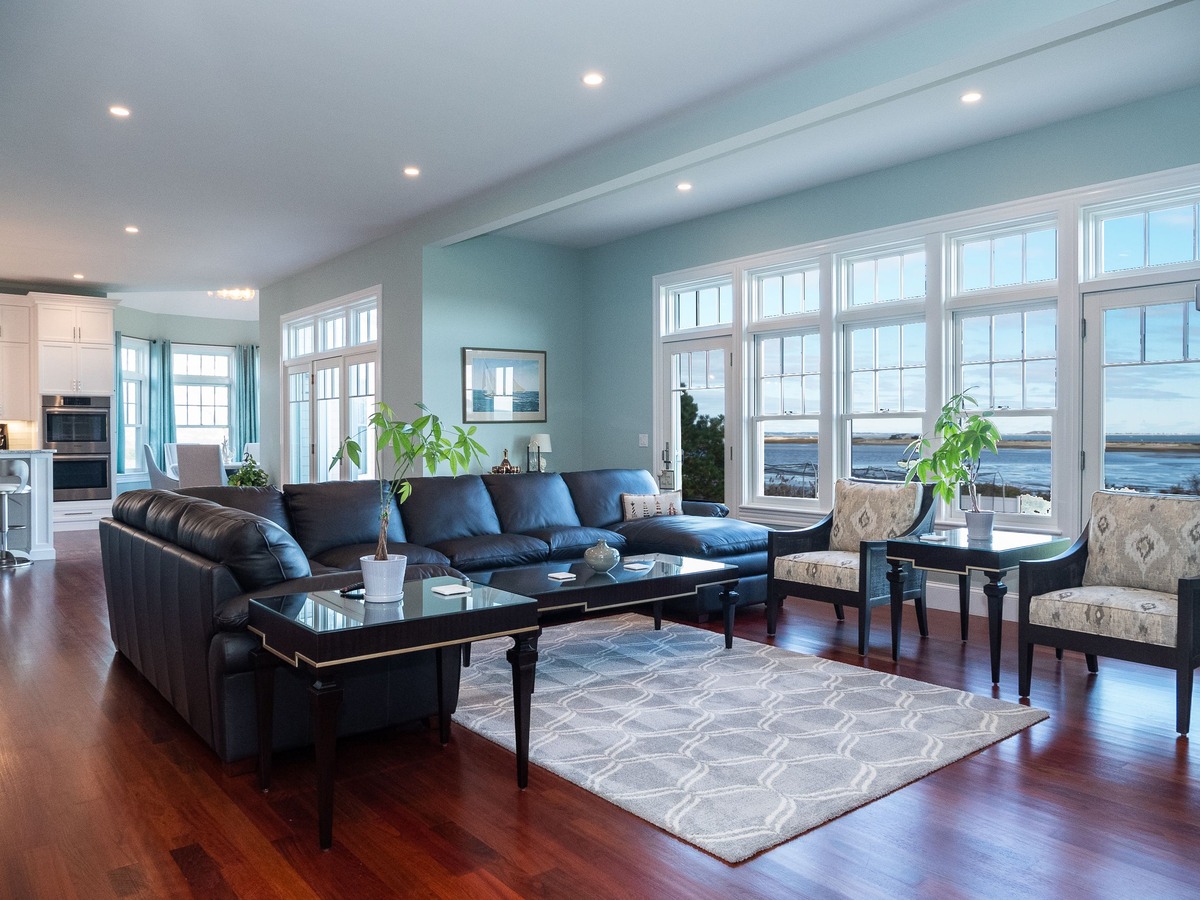
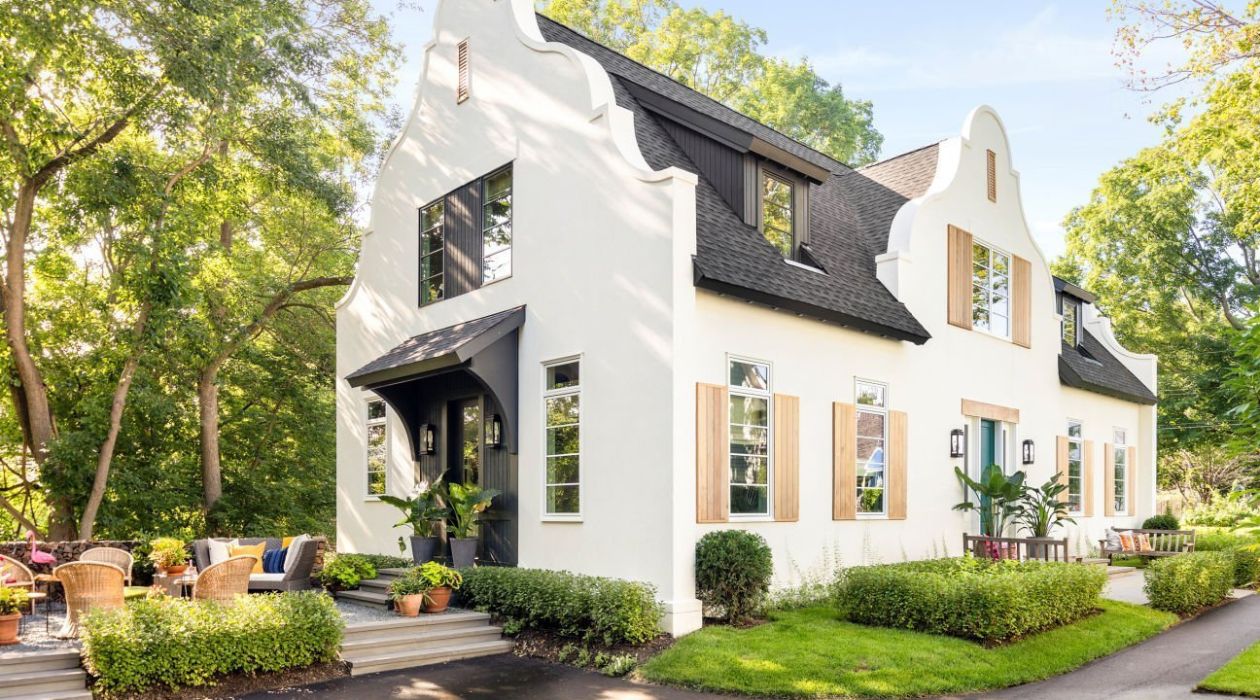
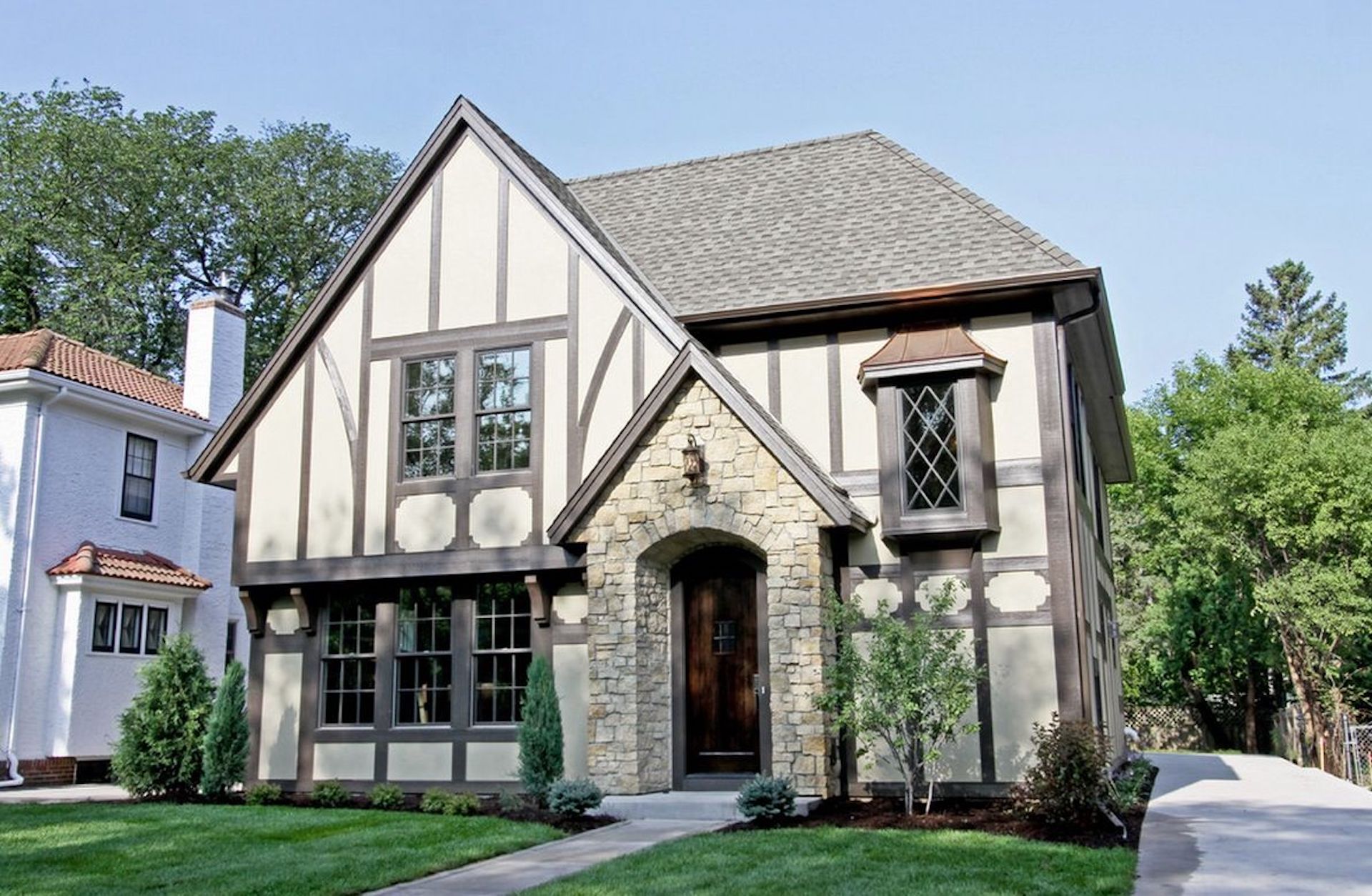
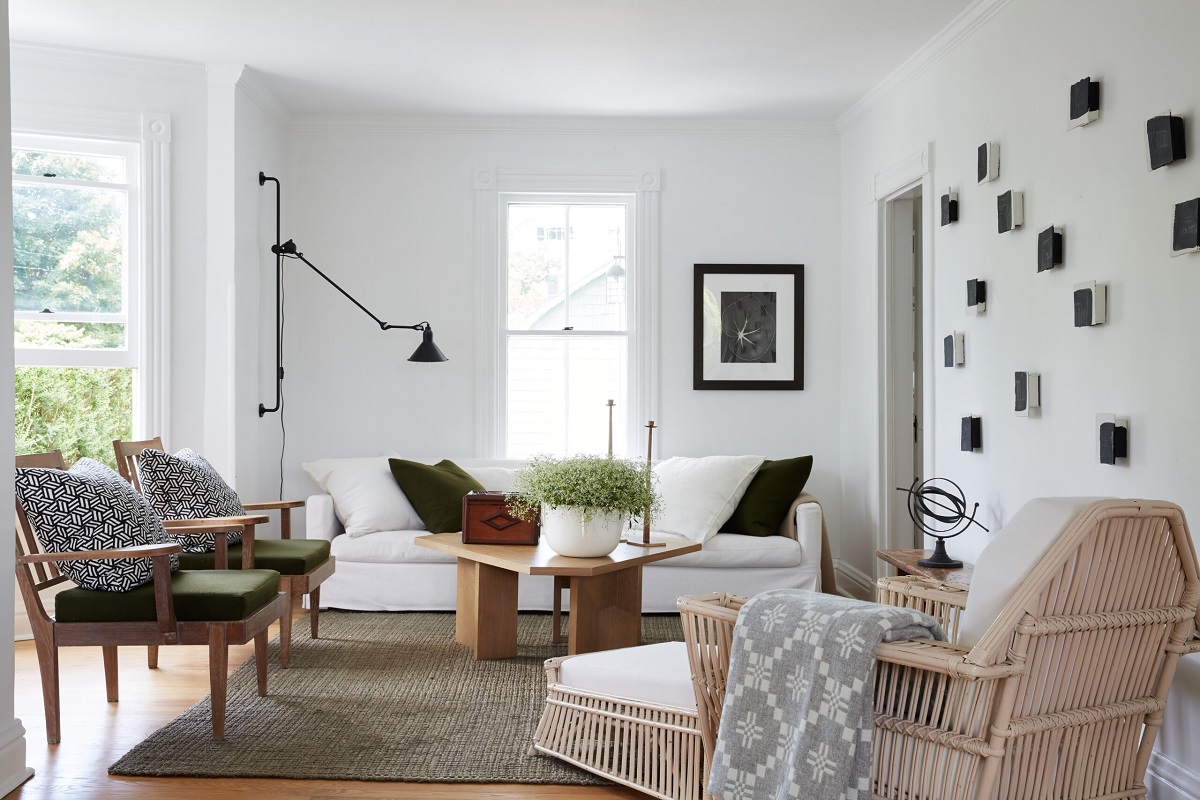
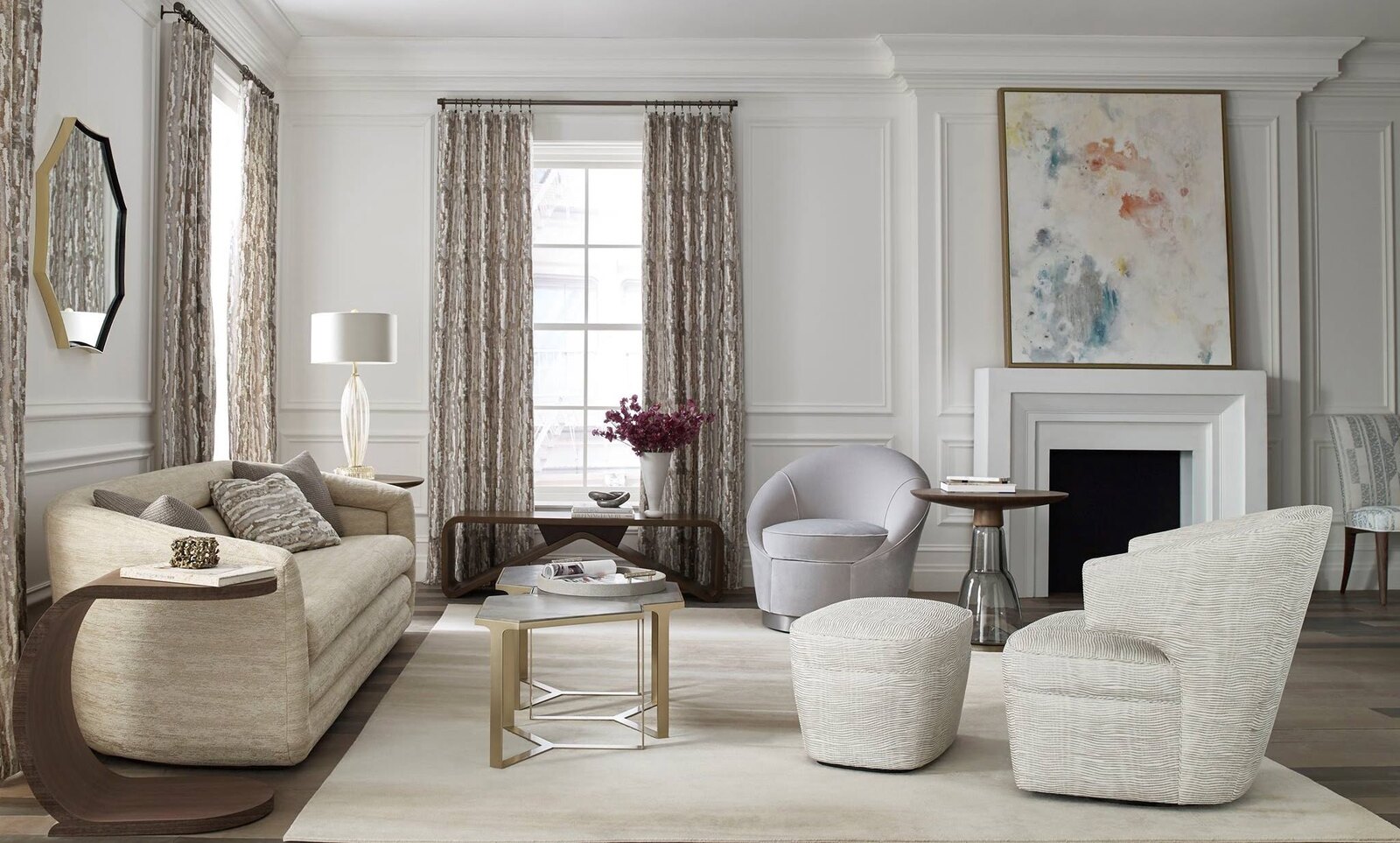
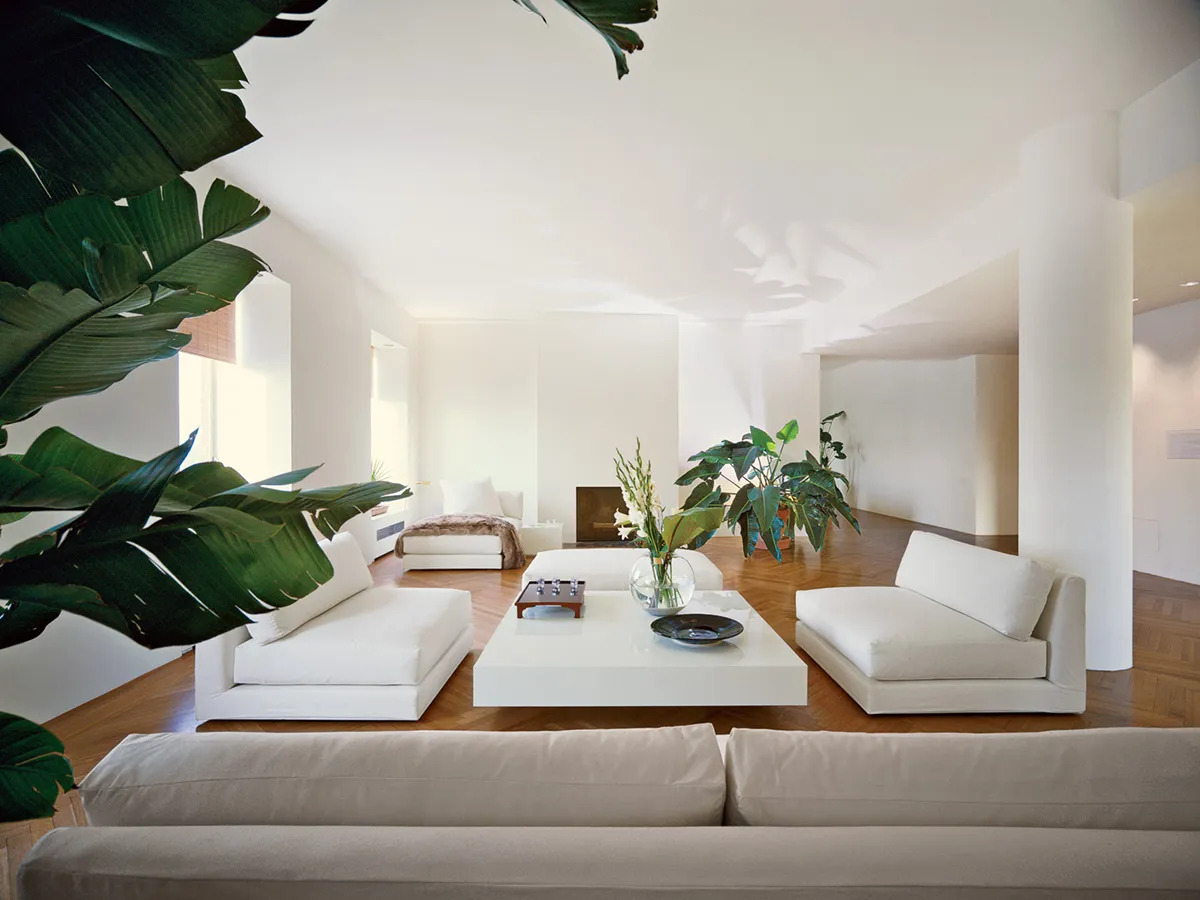
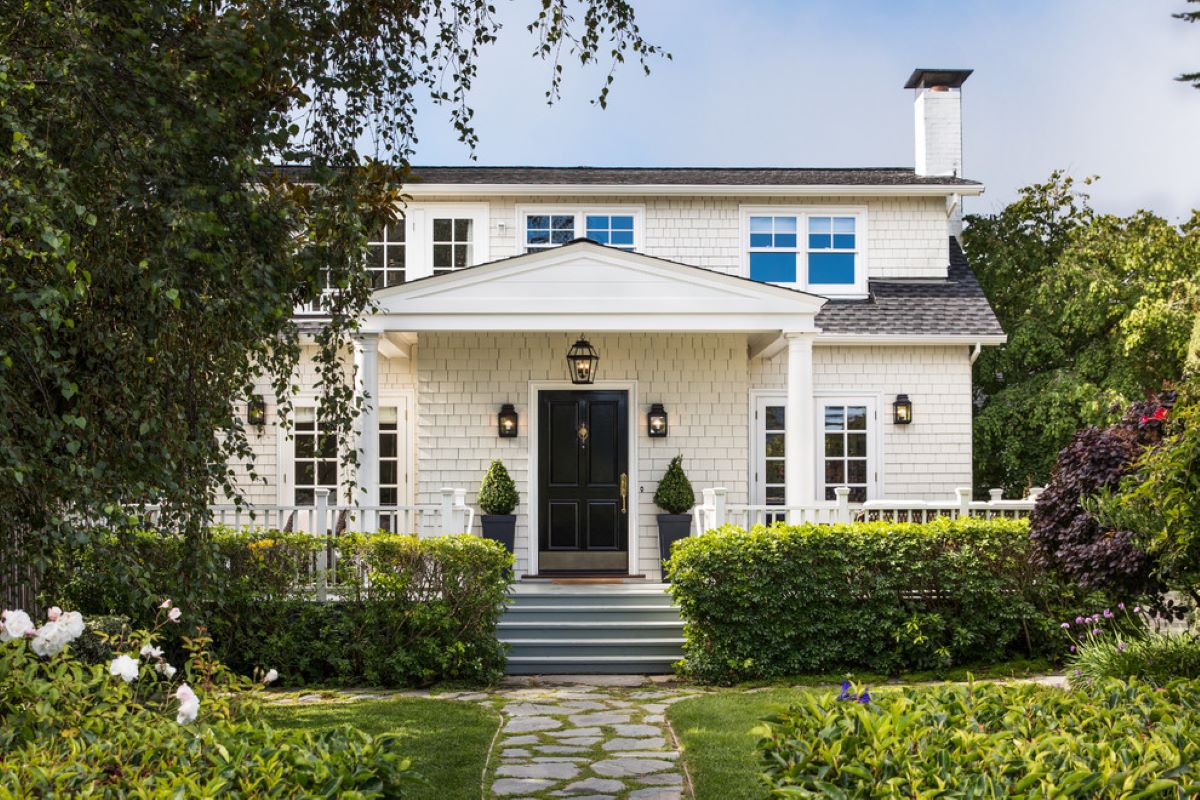
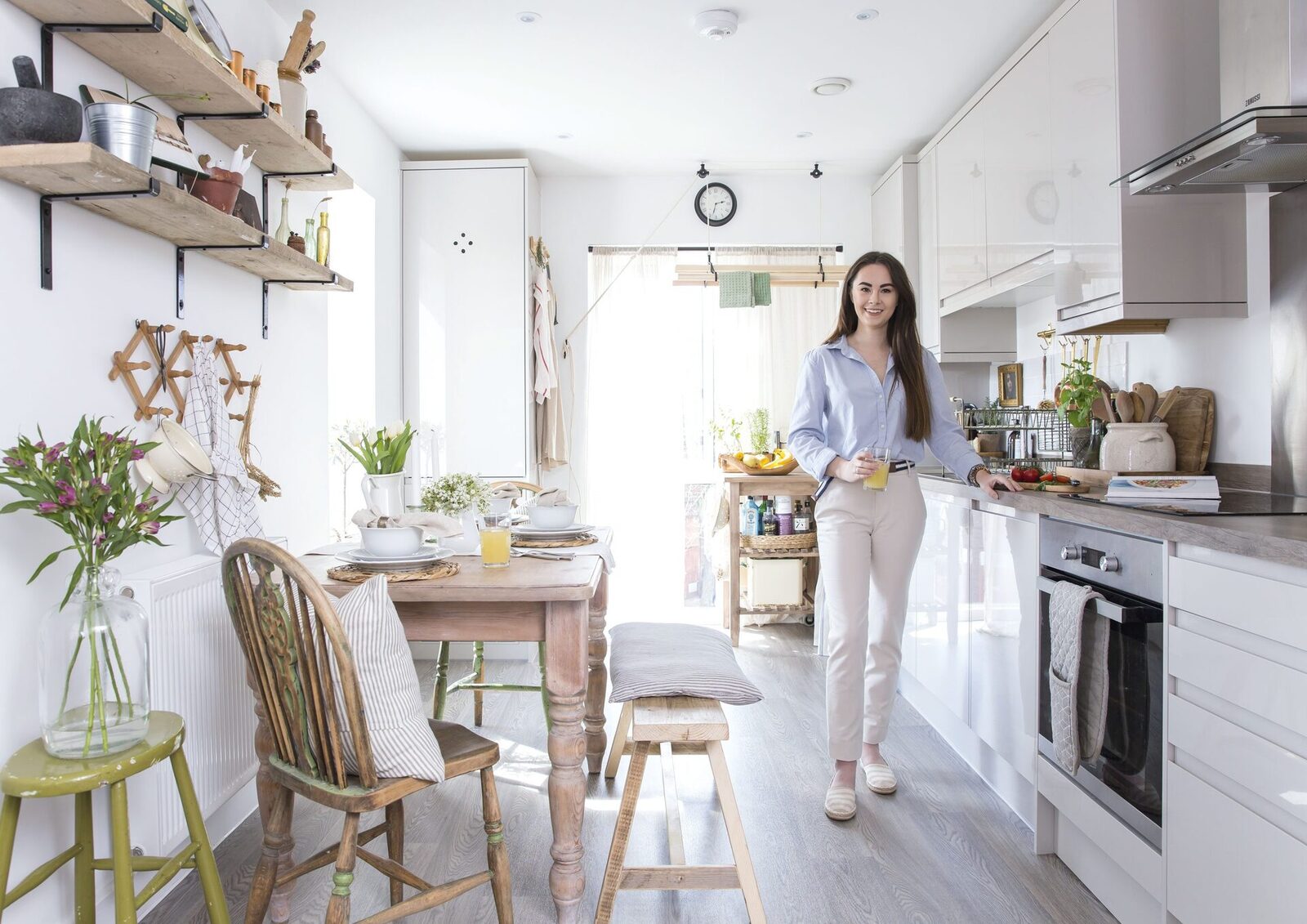
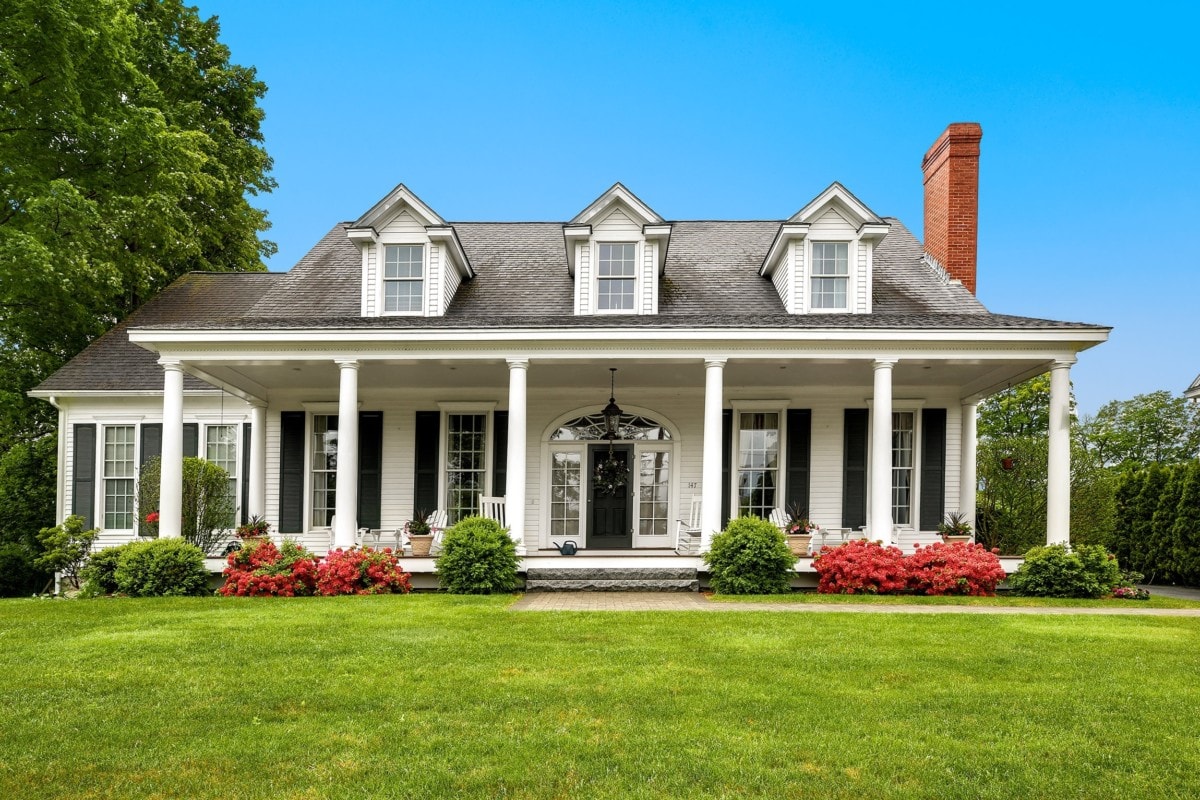

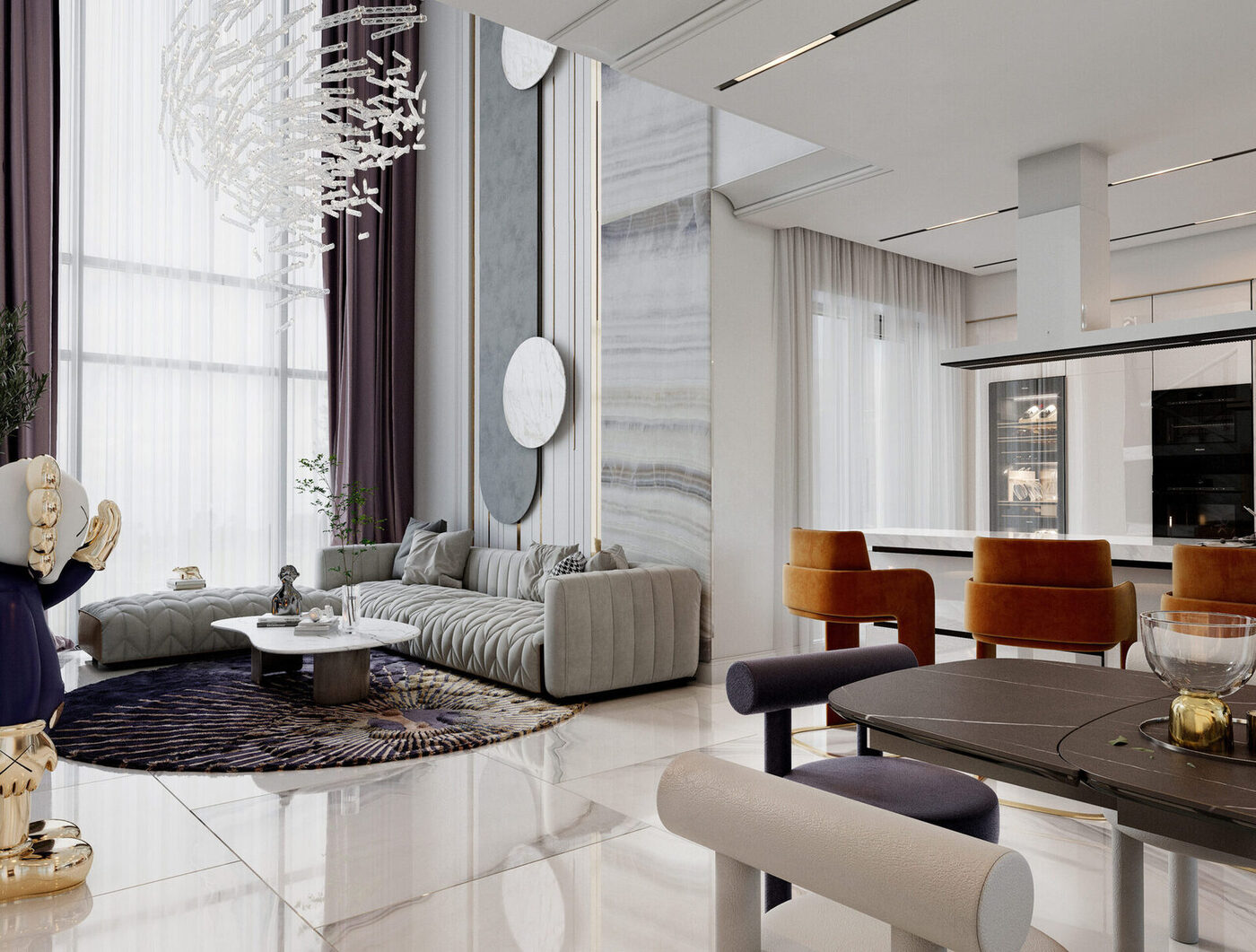
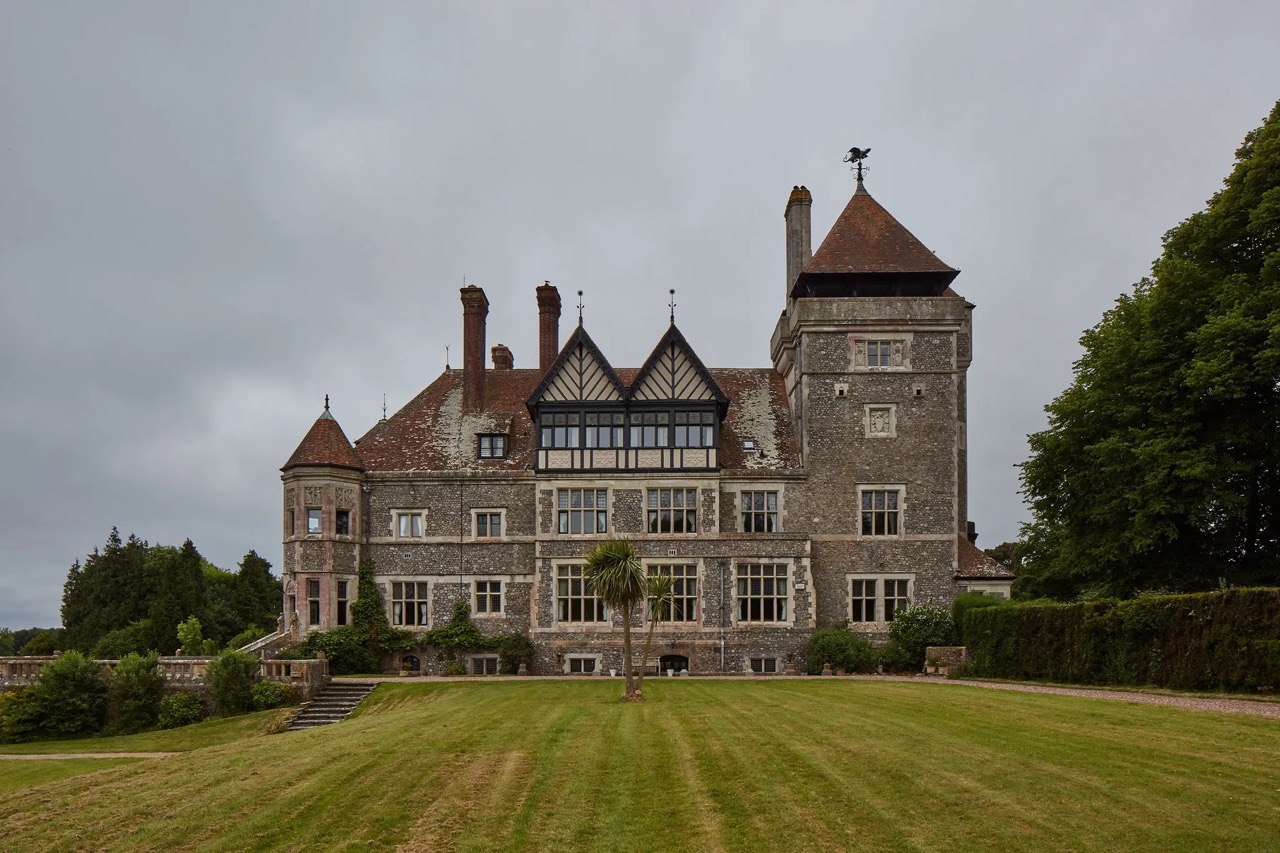

0 thoughts on “17 Cape Cod Houses That Showcase Classic American Style”